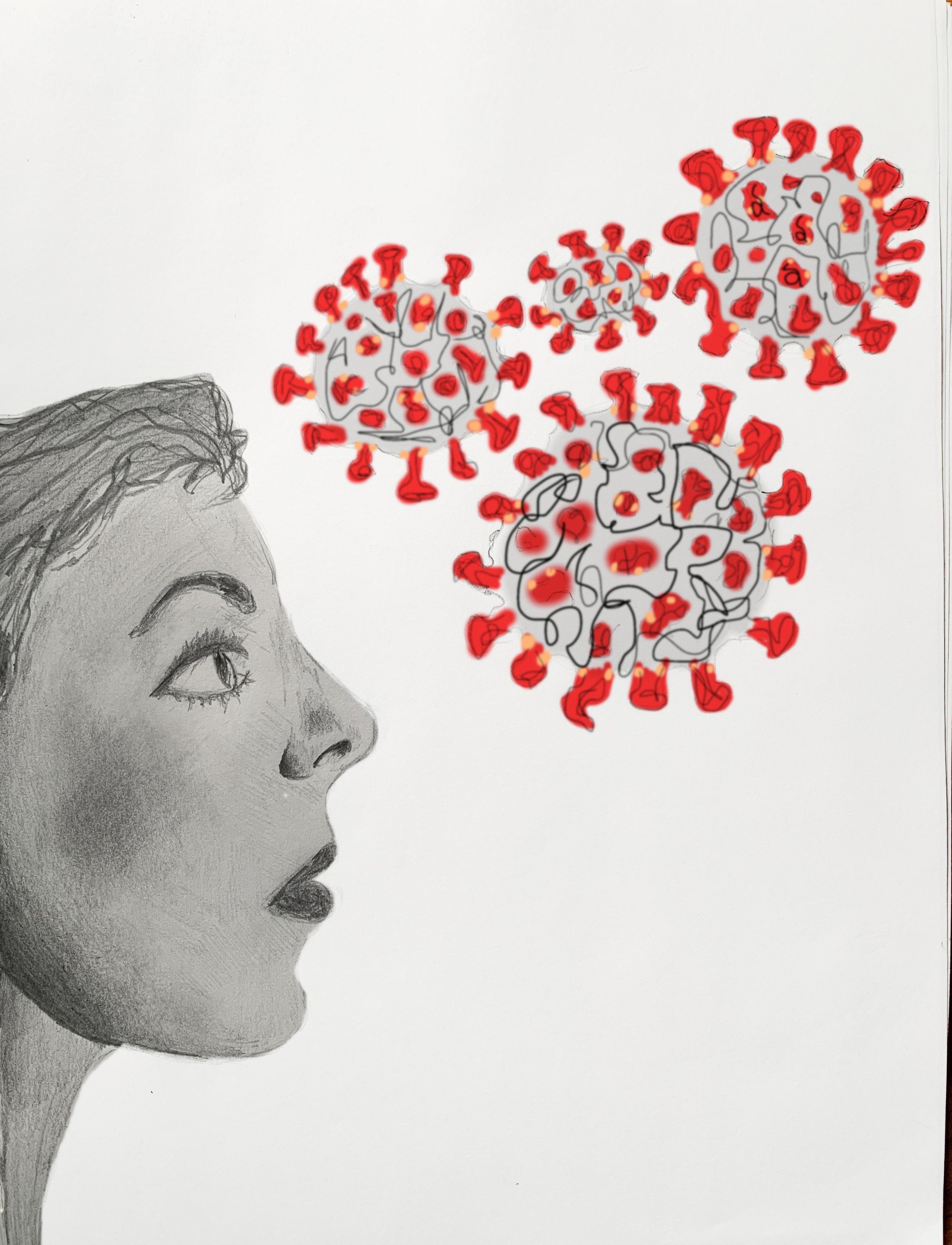As we approach nearly three years of social distancing, mask mandates and Zoom meetings, Americans appear more than ready to leave COVID-19 in the past, an MSN article reported. But the article’s documentation of the low numbers of those receiving the new booster and the concerns these statistics could pose for another surge suggest that the danger of COVID-19 may not be gone from the United States.
New website provides sexual and reproductive health resources
From its inception, Our Bodies Ourselves has been a resource for women and gender expansive individuals to gain information regarding their physical health. Originally created in the late 1960s due to a lack of knowledge on cisgender women’s bodies, it’s now more relevant than ever in the fight for control over reproductive and sexual choices.
World Wide Fund for Nature report discovers wildlife population decline
Nobel Prize winners unlock new discoveries in quantum mechanics
Women found to be underrepresented in scientific article citations
A study published on Oct. 6, 2022, in Nature Physics demonstrated a pattern of under-representation of scientific works authored by women in physics articles citations. The study revealed that the bias towards citing research authored by men primarily occurs among male writers and researchers, as well as when the citing author has less familiarity with the subject they are writing about.
More people need to start talking about long COVID
President Joe Biden’s “60 Minutes” interview remarks on Sept. 18, 2022, during which he declared that “the pandemic is over,” serve as a painful confirmation that the institutions meant to protect us — namely the government — have neglected the American public in the face of a more subliminal, yet similarly-grave ailment: long COVID. The Centers for Disease Control and Prevention stated that Long COVID is a term used to refer to a variety of conditions that develop after a COVID-19 infection.
James Webb Space Telescope photographs universe
Since the James Webb Space Telescope was launched on Dec. 25, 2021, it has allowed the curiosity of the human mind to travel through space. The JWST has now been in space for almost nine months and has not disappointed with its remarkable discoveries. According to NASA’s webpage about the telescope’s first images, scientists over the past few months have been able to acquire “full-color, … seemingly three-dimensional” pictures using the JWST. The clarity of its images is a result of the telescope’s multiple sensors and four-foot long mirror which allow it to observe galaxies that were formed 13.5 billion years ago.








